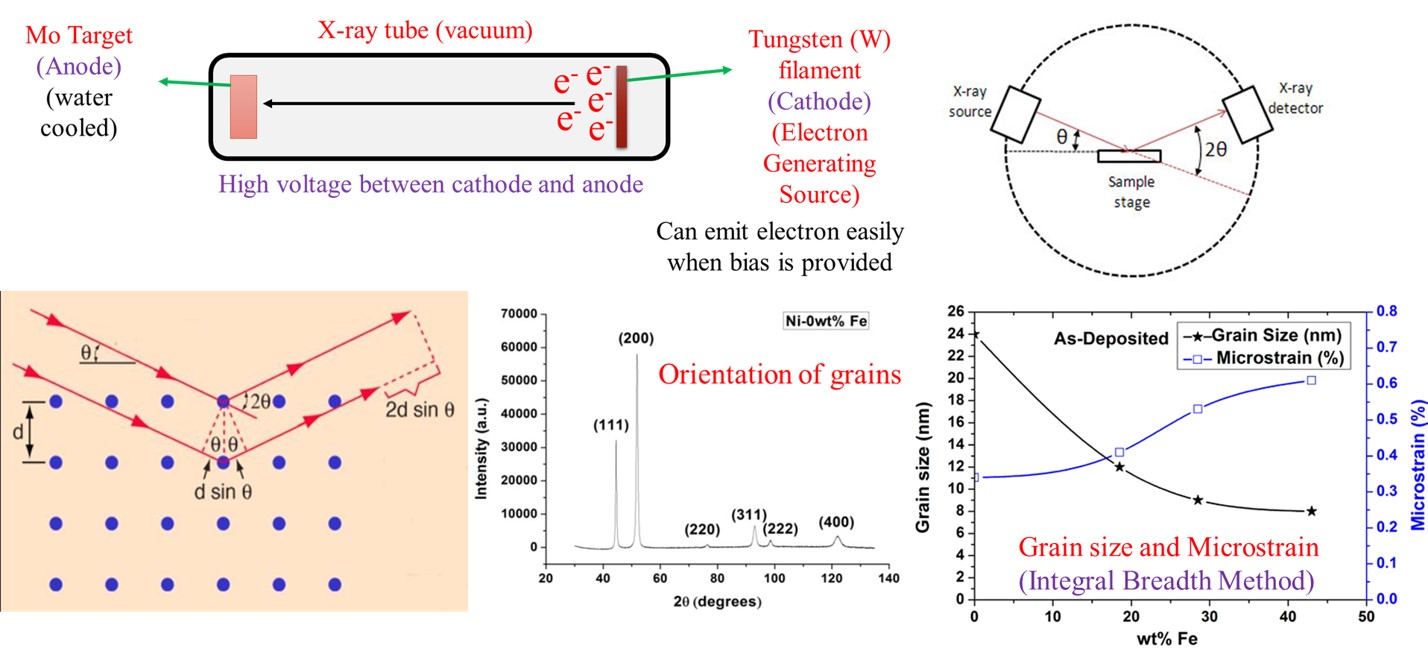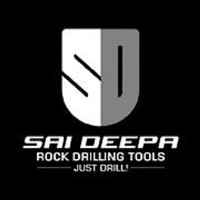Are you looking to master X-ray diffraction (XRD) and streamline your research? This article breaks down everything you need to know—from X-ray generation to XRD working principles, constructive and destructive interference, data interpretation, top global manufacturers, and a strategic approach to equipment purchase.
🔬 What You’ll Learn:
✅ How X-rays are generated and their role in XRD
✅ The working principle of XRD and how diffraction patterns reveal material properties
✅ The significance of constructive & destructive interference (Bragg’s Law)
✅ Key insights you can derive from XRD data
✅ Leading global XRD equipment manufacturers
✅ A step-by-step guide to selecting the right XRD equipment for your research
1️⃣ X-Ray Generation: How It Works
X-rays are produced when high-speed electrons collide with a metal target, converting kinetic energy into heat and X-ray radiation. A typical X-ray tube consists of:
✔️ Cathode (electron source) – Usually a tungsten (W) filament
✔️ Anode (target material) – Often molybdenum (Mo) for high heat absorption
✔️ High-voltage supply – Accelerates electrons toward the anode, generating X-rays
2️⃣ XRD Working Principle: Decoding Diffraction Patterns
When X-rays hit a sample, they interact with its atomic structure and scatter, producing diffraction patterns. These patterns help scientists analyze material properties.
3️⃣ Constructive vs. Destructive Interference: The Role of Bragg’s Law
🔹 Constructive Interference: Occurs when diffracted X-rays are in phase, amplifying the signal. This follows Bragg’s Law:
nλ=2dsinθ
🔹 Destructive Interference: Happens when X-rays are out of phase, canceling each other out.
4️⃣ What Can XRD Reveal About a Material?
XRD is one of the most powerful material characterization techniques. It helps determine:
🔬 Particle size and shape
🔬 Crystal structure
🔬 Phase & their quantities
🔬 Crystallite size
🔬 Lattice parameters
🔬 Residual stress & microstrain
5️⃣ Top XRD Manufacturers Worldwide
If you’re considering an XRD setup, these global leaders offer cutting-edge equipment:
🏆 Bruker Corporation
🏆 Rigaku Corporation
🏆 Thermo Fisher Scientific
🏆 Malvern Panalytical
6️⃣ How to Choose the Right XRD Equipment (A Research-Based Approach)
💡 Step 1: Review 30-40 top research papers published in your field over the last 2-3 years.
💡 Step 2: Identify the XRD equipment used in those studies.
💡 Step 3: Shortlist 2-4 models that align with your research needs.
💡 Step 4: Compare pricing, warranty, service costs, and maintenance.
💡 Step 5: Choose the best value-for-money option with long-term research benefits.
📽️ Want a Visual Breakdown? Watch My Video





























